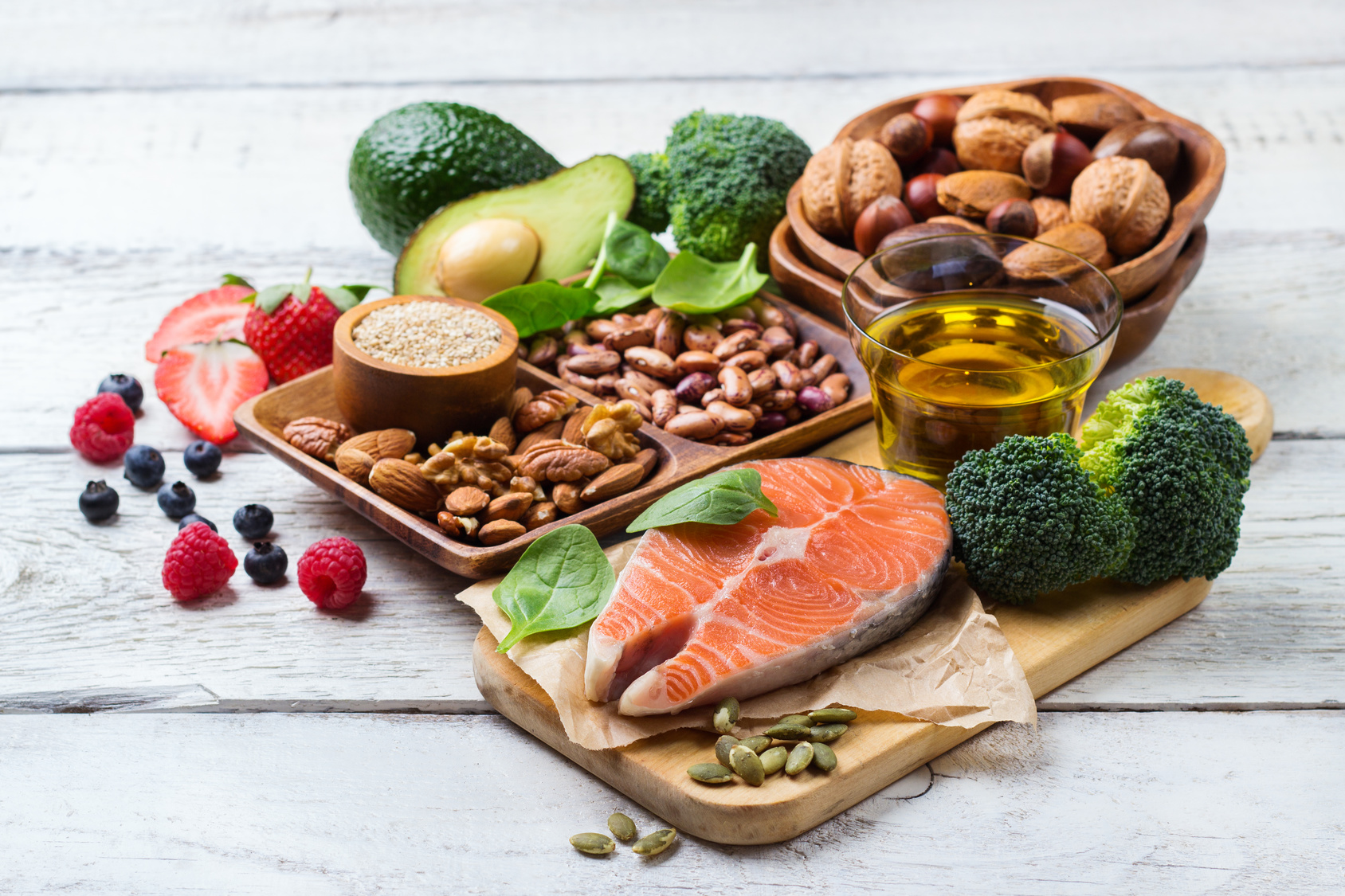The women’s diet craze you haven’t tried, but should
 It is no secret that diets are a prominent part of modern pop culture. Whether it be a juice cleanse or a gung ho commitment to cutting out carbs, women all over the world are hopping on board with diet trends.
It is no secret that diets are a prominent part of modern pop culture. Whether it be a juice cleanse or a gung ho commitment to cutting out carbs, women all over the world are hopping on board with diet trends.
I’ve seen and heard it all during my years in female-focused medicine. However, it seems that even with the many diet variations out there, women are still missing the mark and dieting for the wrong reasons. In my opinion, the most important diet that a woman can commit to is one that will benefit her body, especially her pelvic floor.
But I have yet to see a pelvic floor diet craze hit my news feed.
Maybe it’s finally time. All heck can break loose if you neglect your pelvic floor. For this reason, I challenge all of the ladies out there to be conscious of the foods and drinks they consume.
A woman’s pelvic floor is the group of muscles that stretches all the way from the tailbone to the pelvic bone. These muscles help to cushion and keep the bladder, uterus, rectum and urethra in place. If this group of muscles is unable to function properly, women can face pelvic floor disorders such as incontinence and prolapse. A strong and healthy pelvic floor is imperative for a woman’s day-to-day bodily function.
There are many ways for women to make sure they are keeping their pelvic floor strong. The most well-known technique is to do Kegels, but a woman’s diet plays a large role too.
Here are the guidelines for a pelvic floor-friendly diet. (I’ll be checking my news feed.)
Suffering from a pelvic floor disorder? We can help.
Bad grub for a good pelvic floor
Like most things in life, anything in excess is bad. The following foods should not necessarily be banned from your diet completely, but it is best to consume them sparingly. I recommend limiting intake of these items because they can lead to digestive problems that can cause overuse of the bladder. When a woman’s bladder, or any part of the pelvic floor, is overactive, it can overwork and weaken the entire group of muscles.
- Caffeinated beverages (coffee and tea) are a diuretic and bladder irritant, which means they cause the kidneys to make more urine than normal. This causes overuse and sensitivity in the bladder.
- Carbonated beverages (soda – yes, even diet soda) can trigger overactive bladder symptoms because bubbly drinks tend to tickle and irritate the bladder. They also typically contain caffeine and artificial sweeteners, which are bladder irritation triggers on their own.
- Highly acidic fruits and veggies (tomato, cranberry, orange) can irritate the bladder lining due to their high acidity.
- Spicy foods can cause your bladder to burn for the same reason that they cause your mouth to burn. This can cause irritation to the bladder lining.
- Artificial sugars and sweeteners (Splenda) worsen symptoms of overactive bladder for similar reasons as do carbonated beverages.
- Alcohol is a diuretic and bladder irritant. Also, when a person consumes alcohol, that liquid accelerates the rate that kidneys gather water and causes the bladder to empty more often. Not a good combination.
Remember, we’re not talking abstinence – you can still have a cup of coffee and orange juice. But limit your cups, go to decaf, skip the OJ some mornings.
So what’s the relationship between your weight and your pelvic floor? Dr. Guess explains in her blog on BMI and pelvic floor health.
The pelvic floor dream team
These particular foods are excellent sources of natural digestive regulation. This also benefits overall pelvic floor strength for the simple reason that they do not cause irritation to the bladder in the same way that the foods above do. Now don’t get carried away – I would never recommend that anyone consume only these foods and drinks. But I do recommend that women make sure these items have a presence in their day-to-day diet.
- Pure water (not artificially flavored or carbonated) hydrates the body and flushes out toxins, which helps digestion and all other bodily functions occur smoothly.
- Low-acidic fruits and veggies (apricots, melons, bananas, carrots) provide the body with important nutrients without causing irritation to the pelvic floor in the way that some acidic alternatives do.
- Omega-3 fatty acids (from fish) naturally decreases inflammation, which helps reduce any irritations that may occur from other food or drink.
- Herbal/caffeine-free teas offer natural nutrition and hydration, without causing the problems that caffeine or unnaturally sweetened drinks do.
The morale of the story is to have a well-balanced diet, filled with lots of important nutrients that all women should be consuming anyway. On the other hand, I realize that an afternoon pick-me-up is necessary sometimes. In which case, I say enjoy an occasional soda.
An effective pelvic floor-friendly diet comes with moderation of the good and bad (but, let’s all strive for more good).
University of Colorado Urogynecology is a specialty women’s health practice focused on female pelvic health and surgery. Our physicians are also professors & researchers for the CU School of Medicine, one of the top-ranked medical schools in the nation.